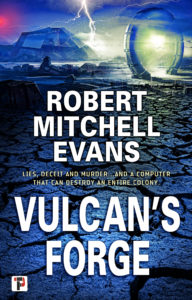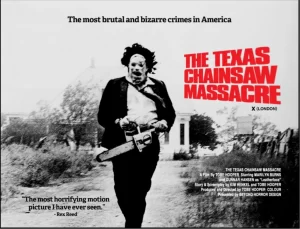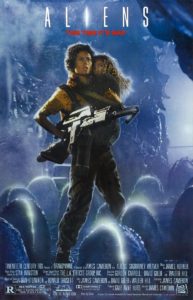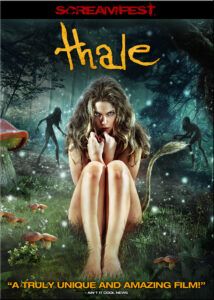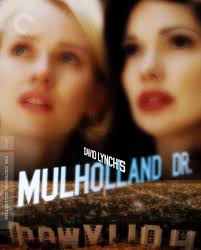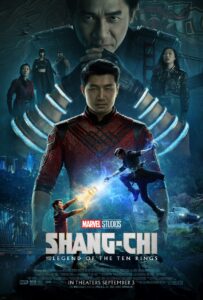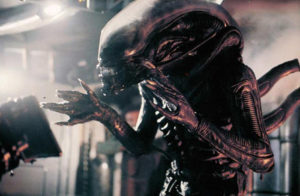After the dissolution of the studio system and the abandonment of the Production code the 1970s witnessed an explosion of subgenres of film that had previous been forbidden more graphic sexuality, violence, and nudity changed cinema from studio productions to exploitive independent movies. Perhaps the most exploitive subgenre to emerge from this cinematic chaos was the rape-revenge movie.
In this subgenre a woman after surviving a sexual assault discovers hidden reserves of strength and becomes a force for vengeance, sometimes solely against her assailant and 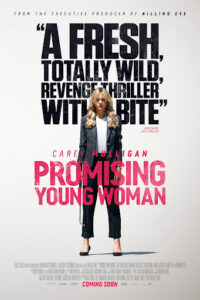 sometimes against men in general. The movies often ended with final showdowns where she triumphs, often lethally, against her original attacker. Rape-revenge movie is different from movies that utilized a woman’s sexual assault to motivate the protagonist to finally act against the story villain by centering the woman, or sometimes women, experience instead of using her trauma as mere motivation for someone else. Often these movies are very exploitive, using social commentary and feminism as excuses for onscreen explicit violence and nudity.
sometimes against men in general. The movies often ended with final showdowns where she triumphs, often lethally, against her original attacker. Rape-revenge movie is different from movies that utilized a woman’s sexual assault to motivate the protagonist to finally act against the story villain by centering the woman, or sometimes women, experience instead of using her trauma as mere motivation for someone else. Often these movies are very exploitive, using social commentary and feminism as excuses for onscreen explicit violence and nudity.
Promising Young Woman is without a doubt a rape revenge film, the trailers made that much clear, but unlike the vast majority of the genre PYM doesn’t promote the trope that trauma instills growth but rather unflinching it depicts trauma as it is so often in reality, something that shatters lives and personality leaving the person broken and incomplete.
At the film’s opening Cassie, the protagonist, spends her weekend nights playing at being too drunk to stand and when some man takes her to his home to, let’s be blunt, rape her, she drops the sham intoxication and confronts him. Cassie’s life is devoid of friends and joy, she is already broken by the experiences of her backstory. Everything changes after a chance encounter with a former classmate who brings the knowledge that the assailant that escaped any form of justice has returned to town. Cassie switches from random revenge to precise, calculated vengeance against the people that enabled the assault. However, in the course of her revenge Cassie discovers new information that set her on a much darker much more violent path.
In most rape-revenge movies the filmmakers are caught between two terrible paths when forced to depict the sexual violence at the heart of their story. They can depict the terrible events more faithfully and risk traumatizing and repelling their audience or, and this is the case is the exploitive side of the genre, they can titillate with the violence, playing to dark male fantasies. Emerald Fennell, Promising Young Woman‘s writer and director did neither. Rather than show us she restricted our experience to hearing the attack. A brilliant move that sidestepped and exploitive titillation and provided the audience with the horror of what we are capable of imagining. Fennell kept her film and script grounded with a reality we can believe in rather than one of glorified and improbable violence. The ending, fitting with her approach of the subject matter, is dark and with only a glimmer of catharsis. The film’s second act is perhaps is greatest magic trick, inducing in Cassie and the audience a false sense of security that so perfectly mirror the real-life experiences of far too many.
Cary Mulligan’s portrayal of Cassie is nuanced and even when Cassie’s life seems happier with a new dawn possibly breaking her performance contains the tragedy that always exist just under her skin. Like her namesake Cassandra, Cassie is living a tragedy with an inescapable fate that bears down on her like a freight train.
Promising Young Woman is currently playing on HBO.
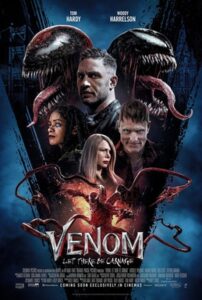 October 2021 is shaping up to be quite a cinematic one for me. I kicked off the month with Venom: Let There Carnage, wasn’t great wasn’t terrible. Tonally uneven and bit choppy like the previous film in that franchise.
October 2021 is shaping up to be quite a cinematic one for me. I kicked off the month with Venom: Let There Carnage, wasn’t great wasn’t terrible. Tonally uneven and bit choppy like the previous film in that franchise.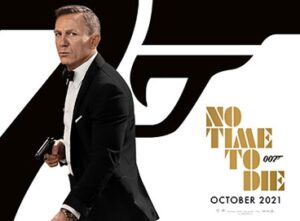 hands down my favorite Bond. While some in his series have been disappointments other have been stellar.
hands down my favorite Bond. While some in his series have been disappointments other have been stellar.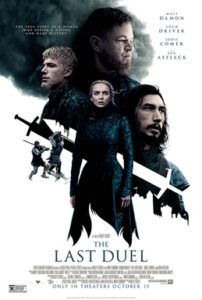 The weekend after Bond will belong to The Last Duel a medieval story inspired by actual events starring Jodie Comer, Matt Damon, and Adam Driver. Directed by the incomparable Ridley Scott if the script is up to snuff it will be a masterpiece otherwise it will simply look terrific.
The weekend after Bond will belong to The Last Duel a medieval story inspired by actual events starring Jodie Comer, Matt Damon, and Adam Driver. Directed by the incomparable Ridley Scott if the script is up to snuff it will be a masterpiece otherwise it will simply look terrific.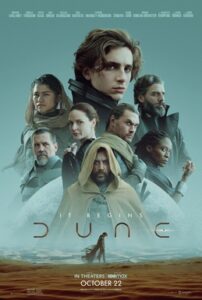 Villeneuve’s attempt to bring this massive and dense novel to the screen. After his SF films Arrival and Bladerunner 2049 I have some faith that this director can approach the material with the intelligence.
Villeneuve’s attempt to bring this massive and dense novel to the screen. After his SF films Arrival and Bladerunner 2049 I have some faith that this director can approach the material with the intelligence.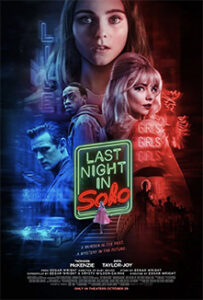 Edgar Wright and starring Thomasin McKenzie and an actress famous for portraying a Thomasin, Anya Taylor-Joy. From the trailer is appears the film splits it time between swinging 60s London and the present day in a disturbing tale of possession.
Edgar Wright and starring Thomasin McKenzie and an actress famous for portraying a Thomasin, Anya Taylor-Joy. From the trailer is appears the film splits it time between swinging 60s London and the present day in a disturbing tale of possession.